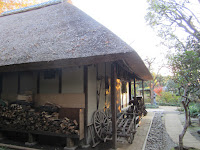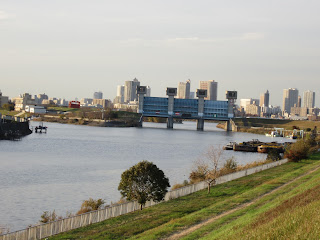I visited Vietnam to spend my winter holidays. It was my first visit in about 10 years.
Motorbikes were everywhere in the city. They were continuously running through the main roads and beeping horn. It was so difficult to cross the road in the flood of bikes (Insufficient traffic signals was another reason of the difficulty). The number of the cars was far smaller.
The situation was completely different from other major cities -- such as Beijing, Shanghai, Seoul, Colombo and Tokyo, where I had visited in the last several years -- in Asia.
The city is said to have more than 8 million people. The number of bikes are estimated more than 3 million.
I was also impressed with the hustle and bustle of the city. People are young. They walked fast and were active in shops, restaurants and everywhere.
Ben Thanh, the largest market, locates in the center of the city. Hundreds of shops sell food, clothes and other daily goods. Open-air markets and restaurants spread outside the market.
The city still keeps the atmosphere and the buildings of the French colony era. However, it is rapidly changing. Skyscrapers have been built in the last 20 years. Many construction works are going on.
I also visited Vietnam War-related places.
Former President house was converted into the Reunification Palace. Old war operation rooms remain in the basement.
There were many pictures displayed in the War Remnant Museum. They included Siamese twins and other disabled children caused by the chemical materials used in the war. I also saw a model of a detention center used for anti-government suspects.
It was painful. Many visitors were looking the display without a word.
Other places I visited in Ho Chi Minh included:
Cho Lon area: It is about 5 km west from the central city. Many Chinese live there. Binh Tay Market was extremely busy.
Around Phom Ngu Lao Street: There are many cheap hotels and tourist offices in the area. Backpackers from all over the world gather here. Some tourist were enjoying chatting in a café. The hotels attracted tourists with “Wifi Free” information in their billboards.
.JPG)
.JPG)
.JPG)
.JPG)
.JPG)
.JPG)
.JPG)
.JPG)
.JPG)
.JPG)
.JPG)
.JPG)
.JPG)
.JPG)
.JPG)
.JPG)
.JPG)
.JPG)

















